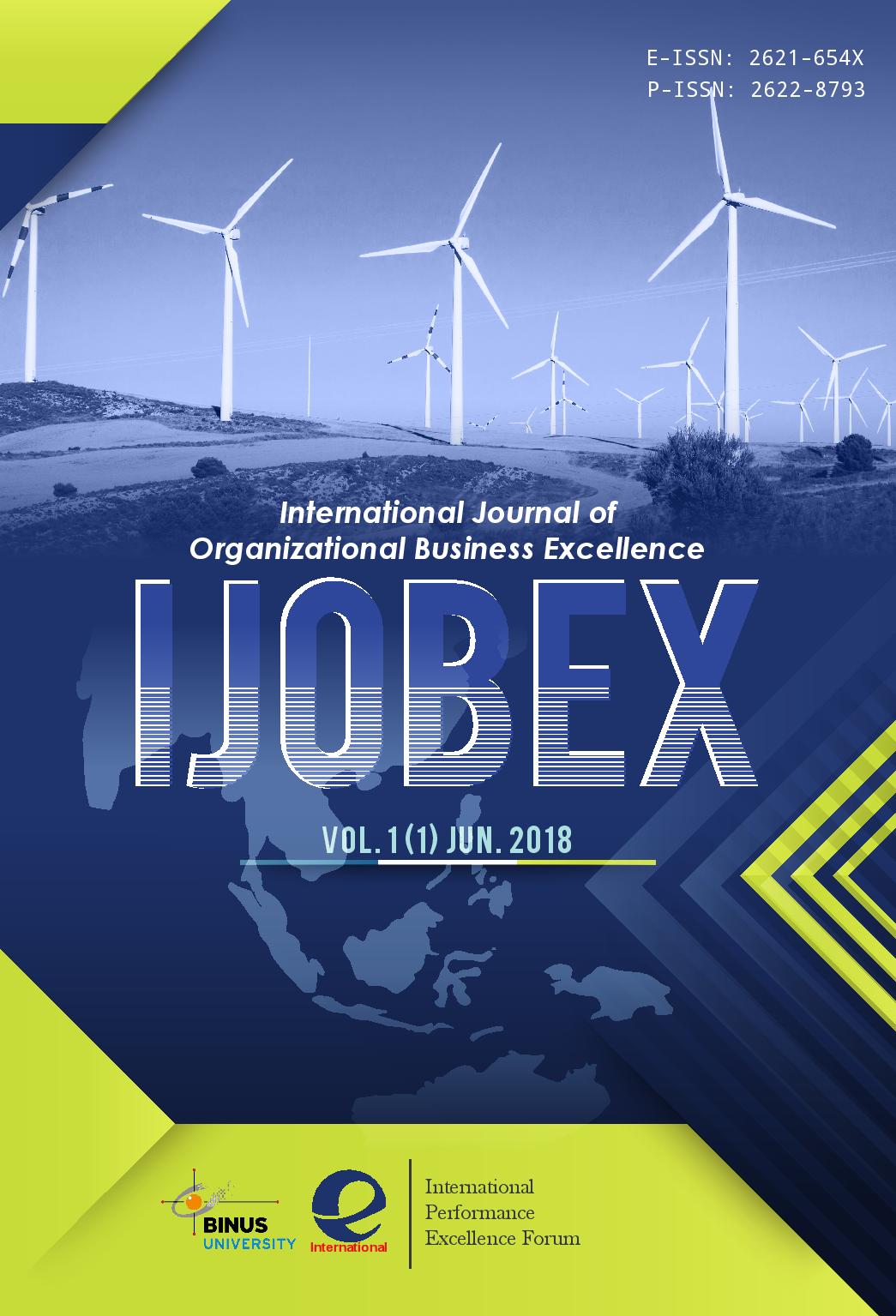Abstract
The research examined the determinant of professional growth of employees in Nigerian banking institution. The population of the study consisted of 432 staff of the selected banks in Uyo metropolis. Stratified sampling techniques were used to select 148 respondents out of the population. The instrument used for data collection was questionnaire. The instrument was validated by two experts in evaluation and Test. Data from 148 completed questionnaire forms were subjected to PMC analysis. the findings showed that training and membership with professional body has a remarkable relationship with professional growth of employees in Nigerian banking institution. The study however, recommended that, employees qualified for training should be encouraged by providing study leave with pay, and where scholarship is given a proper contract should be undertaken whereby employees would serve for a certain number of years after his/her course. Emphasis should be placed on in-service training where employees already in the field impact knowledge on the newly employed employees and more effort to be geared towards developing a positive professional attitude among bank staff. Such attitude includes having high regards for the profession, upholding the code of conduct, desisting from any action that can tarnish the image of the profession.
References
Ahmad, S. & Shahzad, K. (2010) HRM and employee performance: A case of university teachers of Azad Jammu and Kashmir (AJK) in Pakistan. African Journal of Business Management, 5(13), 5249-5253.
Aydin, G. & Ceylan, T. (2009). Civil Service Reform and Structural Adjustment. Oxford University Press, Calcutta, Chennai, Mumb
Babura, F. (2003). The Merit System and Municipal Civil Service: A Fostering of Social Inequality. Green Wood Press, New York. Westport. Connecticut. London.
Danish, V. & Usman, D. (2010) Impact of Rewards on Employee Performance: With Special Reference to ElectriCo. Proceedings of the 3rd International Conference on Management and Economics, pp. 311-318.
Debrah, & Ofori. (2006). Theory and practice of Industrial Relations; Benin, Monose Amalgamates
Edmond, V. & Noon, T (2001). Management, Dallas: South Western Publication.
Ganser, R. (2000). Intrinsic and extrinsic motivations: classic definitions and new directions. Contemporary Educational Psychology, 25(1), 54-67. https://doi.org/10.1006/ceps.1999.1020
Garcia, Y. (2005). A management development model. Journal of Management Development, 26(4), 353-369. https://doi.org/10.1108/02621710710740101
Glatthom, Z. (1995). Examining the relationship of work-life conflict and employee performance (a case from NADRA Pakistan). International Journal of Business and Management, 6(10), 170-177. http://dx.doi.org/10.5539/ijbm.v6n10p170
Gordon, F. G (1992). Personnel: The Management of People at Work (5th Ed.). New York: Macmillan Publishing Company.
Hanberger, A. (2009). Democratic accountability in decentralized governance. Scandinavian Plotical Studies, 32(1), 1-22. http://dx.doi.org/10.1111/j.1467-9477.2008.00220.x
Kempton, G. (1995). Organization Strategy, Structure and Process. New York: McGraw-Hill.
Ostroff, D & Bowen, T (2000). Human Resources Management. Minesota: West Publishing Company.
Pheesey, S. (1971). Rewarding and Recognizing Employees. Illinois: Richard D. Irwin.
Pierce, W. D., Cameron, J., Banko, K. M., & So, S. (2003). Positive effects of rewards and performance standards on intrinsic motivation. The Psychological Record, 53(4), 561-578. https://doi.org/10.1007/BF03395453
Suleman, E. (2001). A three component conceptualization of organizational commitment. Human Resource Management Review, 1(1), 61-89.

This work is licensed under a Creative Commons Attribution-NonCommercial-ShareAlike 4.0 International License.

